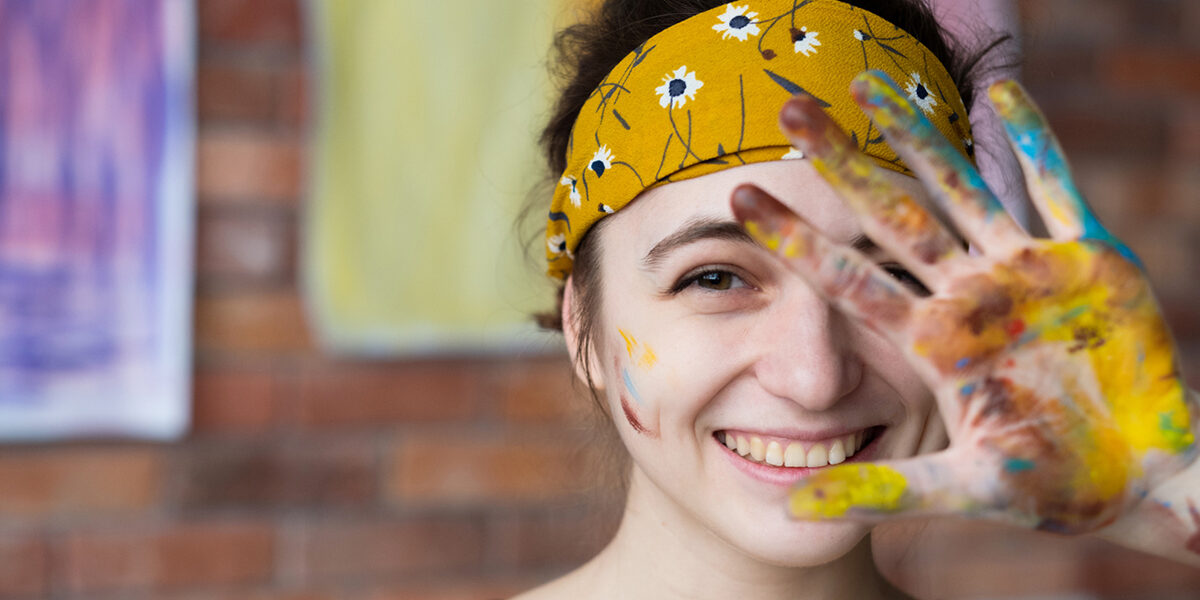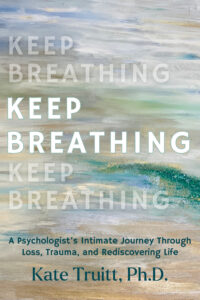Have you ever felt the transformative and healing power of creativity? Whether it’s painting a beautiful landscape, jotting down your thoughts in a journal, or losing yourself in the rhythm of music, creative expression has an incredible ability to touch us and stir emotions within us. And did you know that these forms of art can help in the healing of traumatic experiences?
Let’s explore how engaging in activities like painting, writing, or music can help in the processing and healing of trauma.
The Role of Art in Mental Health
Art has been woven into the fabric of human existence since the dawn of time. It holds a unique place in our lives, exceeding its aesthetic function and becoming a means of communication and self-expression. Art has the remarkable ability to transcend language barriers and touch our emotional core directly.
Numerous studies have highlighted its positive impact on mental health, demonstrating how engaging in artistic activities can reduce stress, enhance self-awareness, and promote a sense of well-being.
Different Forms of Artistic Expression
The healing journey from trauma often requires a multi-faceted approach, and creative expression offers a powerful outlet for processing and transforming our experiences. It provides a safe space for exploration, self-reflection, and release, allowing us to navigate the complexities of our trauma in a non-verbal and deeply personal way.
1. Visual Art
Visual art, including painting, drawing, and sculpture, serves as a vehicle for expressing experiences that may be difficult to put into words. Through visual art, we can externalize emotions, give them shape, and create a tangible representation of our inner world. The process of engaging with colors, textures, and forms invites us to explore and communicate our feelings in a visual language that is uniquely our own.
Fourteen years ago, I completed and then posted a photo of the first painting I was able to create after the passing of my fiancé John. I called the painting Possibilities. That painting is now the cover image of my new book, Keep Breathing.

2. Writing and Poetry
Writing and poetry have long been recognized as powerful tools for personal growth and healing. Through the written word, we can give voice to our thoughts, experiences, and emotions. Whether it’s journaling, storytelling, or composing poetry, writing offers us the opportunity to process our trauma, gain insights into our own narratives, and create meaning from our experiences.
3. Music and Sound
Engaging in music, whether through playing an instrument, singing, or simply listening, allows us to connect with our emotions, release tensions, and cultivate a sense of peace. Music therapy, a recognized form of healing, harnesses the power of harmonies, rhythms, and melodies to promote emotional regulation, enhance self-expression, and foster connection.
4. Dance and Movement
Movement, in the form of dance or other physical activities, can be an incredibly liberating form of creative expression. Dance allows us to embody and release our emotions, connecting mind and body in a harmonious flow. It offers a way to express and process trauma through movement, enabling us to release stagnant energy and promote a sense of empowerment.
Incorporating Art into Your Healing Journey
Whether you choose to paint, draw, sculpt, or collage, the act of creating allows you to externalize your emotions and experiences, making them tangible and manageable. By engaging in art, you can explore the depths of your trauma and begin to transform it into something beautiful and meaningful.
Art therapy, a recognized form of therapy, creates a safe and supportive environment for individuals to explore their trauma through various artistic mediums. Working with a trained art therapist can help you navigate the complexity of your trauma, offering guidance, insight, and tools for healing. Through art therapy, you can gain a deeper understanding of your emotions, learn coping mechanisms, and develop resilience. The complementary nature of art and therapy allows for a holistic approach to trauma recovery, addressing both the emotional and cognitive aspects of healing.
You don’t need to be an artist or have any prior artistic experience to benefit from creative expression. The process itself is what matters, rather than the end product. Art gives you the freedom to express yourself authentically without judgment or expectation. It’s about exploring your inner world and finding your own healing through the colors, shapes, and textures that resonate with you.
Conclusion
Trauma, an emotional response to a distressing event, can have a profound impact on our lives, affecting our mental, emotional, and physical well-being. Art, writing, and music offer a unique language through which we can process and heal from traumatic experiences. Engaging in these activities provides a means of self-expression, self-discovery, and empowerment. It allows us to connect with our emotions, release pent-up feelings, and find new perspectives on our trauma. Whether it’s painting, writing in a journal, or playing an instrument, each form of creative expression offers a pathway toward personal growth, resilience, and healing.
Keep Breathing—Part Memoir, Part Scientific Exploration
My new book, Keep Breathing: A Psychologist’s Intimate Journey Through Loss, Trauma, and Rediscovering Life, is a powerful testament to the resilience of the human spirit and how I used writing, among all other things to make sense of the things that happened to me. This captivating memoir not only provides a window into the depths of human experience but also serves as a guide for readers to find their own path to healing and self-discovery. You can pre-order it through this link.
If you’re looking for additional mental health resources:
- Connect with me on TikTok where I share daily videos on mental health, therapy, and psychology.
- Subscribe to our YouTube channel for tons of psychoeducational and guided exercises that can help you in your healing journey.
- Grab a copy of my book Healing in Your Hands. Within its pages are real life examples and practical tips and insights you can use to heal the past, create the present and build the future you want.
We also offer the following mental health services if you’re currently residing in California:
- Anxiety Therapy
- Post-Traumatic Stress Disorder Treatment
- Mindfulness Based Stress Reduction
- Trauma and Stressor Related Disorder
- Individual Trauma Therapy
References:
- Wellness Through Art. (n.d.). What is art therapy? Retrieved from https://wellness-through-art.org/what-is-art-therapy/
- American Psychiatric Association. (n.d.). Healing Through Art. Retrieved from https://www.psychiatry.org/news-room/apa-blogs/healing-through-art







